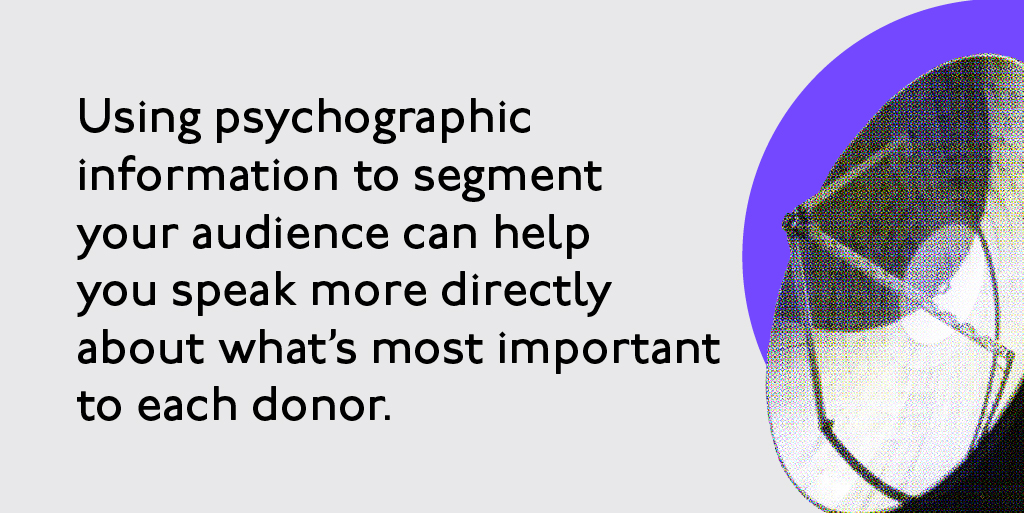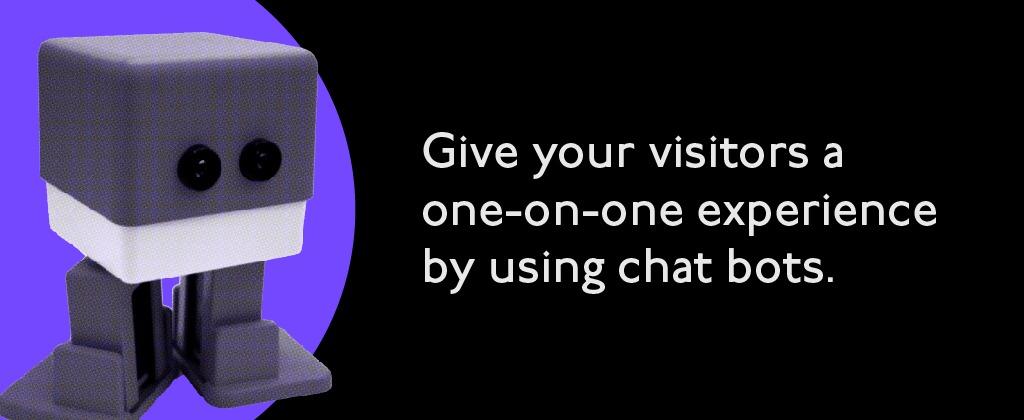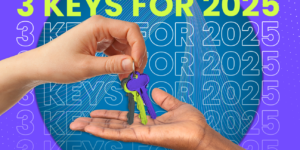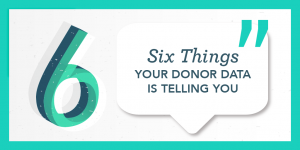You already know nonprofits that personalize communications engage better with their audience and raise more money for their cause. Yet 79 percent of fundraising emails still don’t address recipients by name, according to Nonprofits Source.
Organizations that are still dragging their feet instead of going all out on personalized communications are going to find it harder to stand out over time.
Your prospects are bombarded with more messages than ever. And these communications are getting more frequent, louder, and more personal. So, it’s going to take more than using a donor’s name to get their attention!
In fact, 72 percent of consumers only engage with messages that are customized to their interests, according to SmarterHQ.
The nonprofit world cannot ignore this trend. As always, development professionals and fundraisers everywhere have their work cut out for them. But with a foundation based on strong data, these four strategies can help your nonprofit personalize communications that make a real impression.
1. Getting strategic with segmentation.
Hopefully, your organization has a few different versions of your appeals and other major communications. But you can go beyond things like their past giving or a membership status if your data is in order.
For example, in our work with the Newark Museum of Art, we found a donor’s location was the most important factor in determining response rate for them. So, we segmented their audience and versioned their annual appeal based on that information.
Does your organization have several different programs, campaigns, or departments? Look into the areas specific donors have shown interest in and focus your future communications on what’s important to them.
Research shows appealing to audiences based on their interests and psycographic information is more effective than older tried and true methods.
For example, Donor Voice reported emails generated 29 percent more clicks when donor identity was the focus of an appeal, rather than an emotional story about the organization’s beneficiary!
2. Send them somewhere special.
Take your nonprofit’s personalized communications further by directing donors to unique landing pages with personalized URLs (PURLs). These tools help you integrate your personalized strategy across channels in your outreach.
Did you know that direct mail is one of the biggest drivers of online giving? Using a PURL to direct donors to a personalized campaign page helps tie the experience together.
Put yourself in the donor’s shoes. Jane Smith is holding a direct mail appeal, which has inspired her to go online and give. She looks for the organization’s URL, but instead of “nonprofit.org/donate” she is directed to “nonprofit.org/JaneSmith”.
The personalized experience continues as she types her name into the address bar and loads a page that feels personal and reminds her of the appeal she put down minutes ago.
This is the kind of experience that could sway a donor towards a gift at the high end of your ask string.
READ MORE: Take Your Personalization to the Next Level with PURLs
3. I’m definitely not a robot!
When we think of chat bots, we tend to think about customer service and the for-profit industry. However, as fundraisers, we can look at “customer service” as building donor relations.
And we’re seeing more nonprofits adapting chat bots onto their sites.
Nonprofits can deliver a more personal experience with a chat bot that make a donor feel like they are talking to a real person. You’ve probably used one of these chats without even realizing there wasn’t a human at the other end!
Facebook’s messenger platform enables business pages (and nonprofits!) to program chatbots on their page. This is great option for organizations that just don’t have time or resources to set one up on their own.
It’s another free tool from Facebook that nonprofits can use to their advantage! And these chat bots do a great job at carrying a realistic conversation and answering FAQs. They can provide a one-on-one experience for your donors while giving you time to focus elsewhere.
READ MORE: 3 Ways Nonprofits Can Use Facebook to Their Advantage
4. Is it the right time?
So maybe you’ve already done some testing and sent your emails at a few different times of day to determine when your audience is most likely to respond.
Some organizations take what they learn and decide, “we’re sending all of our emails at 10 am! That’s when we have the best open rate!”
But what if you got more specific and reached out at the time that was best for each individual donor, instead of the majority.
Go into your data and see where some of the outliers are as far as open times. You might notice smaller spikes at certain times of day.
You can break your audience down and send an email to the bulk of your donors at the preferred time of 10 am. Then, plan an afternoon and/or evening email for donors who are more likely to open at these times.
FREE eBOOK: Fantastic Fundraising Emails – The Complete Guide for Nonprofits
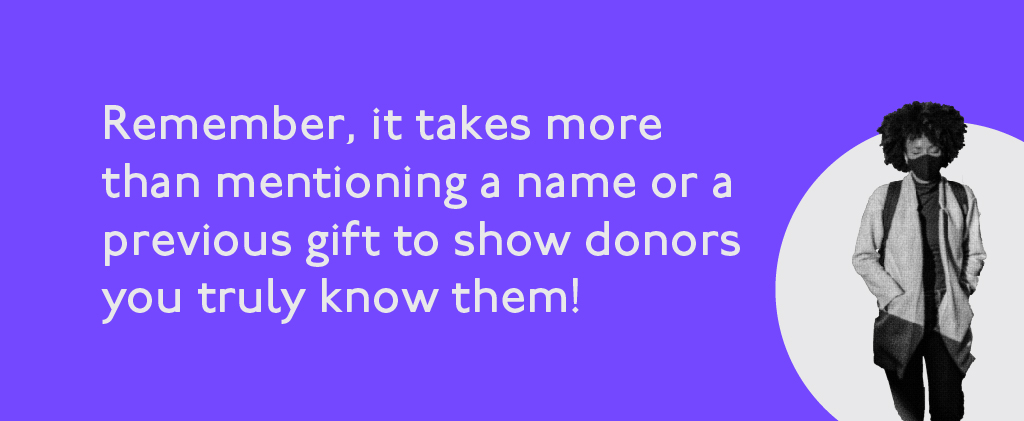
Always strive for more.
Fundraisers who engage their audience with relevant messages that feel unique for every recipient are more likely to meet their goals. Their donors feel more connected to the organization and its mission. They’re also more likely to give long-term support.
But fundraisers need to think deeper into how nonprofits personalize communications. It takes more than mentioning a name or a previous gift to show donors you truly know them.
Your donors need to feel like they are being addressed as an individual. These personalization strategies are great ways to connect with donors on a more intimate level.


